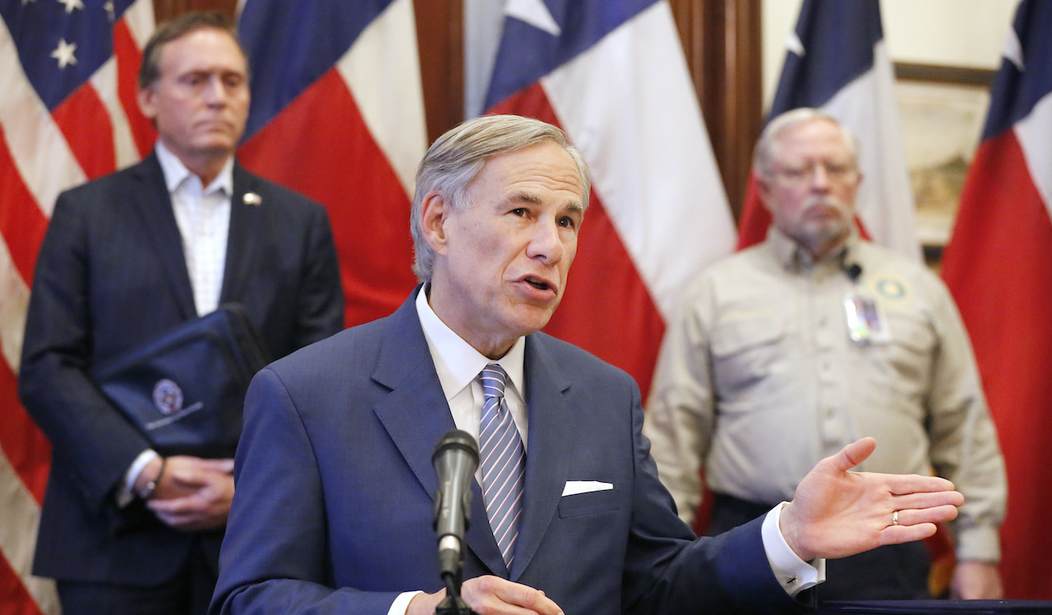Many Texans’ received a double shock in February.
A rare, but not unique, severe cold spell hit the state. It had been so long since a similar cold spell struck in many parts of the state that people who had only been born or moved to the state since the 1980s had never experienced anything like it.
The second shock came when vast swaths of the power grid failed. This had never happened before on the scale it did in February. It is not that blackouts never occur in Texas, they do. But not on this scale, and almost never at this time of year.
Peak power season in Texas is summer when the heat takes over and air conditioner use becomes nearly mandatory throughout the state. In recent years, Texas’ grid operator, ERCOT, has issued warnings each summer that the state’s margin of excess electricity was falling dangerously low. In fact, ERCOT has been requesting homeowners and businesses turn up their thermostats and change their electricity use patterns to avoid blackouts.
The reason? Thousands of megawatts of power from traditional, reliable coal-fueled power plants have been shuttered due to environmental regulations imposed by the Obama administration—regulations that in one instance were specifically found unjustified and illegal— and unfair competition by the highly subsidized wind and solar power industries.
Wind and solar power now account for approximately 28 percent of Texas’ electric power supply. This increase was not driven by market demand, but by politics. Legislators required a minimum amount of power sold on the Texas power market come from wind or solar power, regardless of the reliability problems it introduces into the power system. In addition, federal and state subsidies, tax credits, and tax abatements allow wind and solar producers to sell power into the Texas market below what it costs to produce and deliver. As a result, multiple reliable coal-fueled power plants, accounting for thousands of megawatts of electric power capacity, closed.
Recommended
In February, ERCOT data showed five days before the first snowflake fell, wind and solar were providing 58 percent of the electric power in Texas. But clouds formed, temperatures dropped, and winds stalled, resulting in more than half the wind and solar power going offline never to return during the storm, after turbines froze and snow and ice-covered solar panels.
Although natural gas, coal, and nuclear initially picked up the slack when wind and solar failed, after the storm hit, those sources of energy, not having been properly winterized, faced their own problems. Some gas lines froze, some equipment failed, and some powerlines snapped and transformers broke. However, had so many coal-fueled power plants not closed in the few years prior to the storm, there is no reason much of the electric load lost before the storm (from wind and solar’s failures) wouldn’t have been replaced by electricity from coal. After all, although some coal and natural gas failed, most did not. But almost all wind and solar were offline throughout the emergency.
One might have thought, that the legislature, having created the problem, would step in quickly to fix it. Yet, that did not occur. Unwilling to take the blame for the wind and solar fiasco they created, politicians blamed ERCOT and fiddled at the edges, changing who can serve on its board. Of course, who can be appointed to ERCOT and where they lived had nothing to do with the failure.
Anticipating such problems, in the previous legislative session, some foresighted legislators offered bills to siphon some of the subsidies granted to wind and solar facilities to pay to maintain a balanced flow of power on the electric grid and to provide replacement power when wind and solar power failed to deliver due to weather conditions. This legislation went nowhere.
It is routine for coal, nuclear, and natural gas power plants to provide backup power when they take their plants offline for maintenance. By contrast, with wind and solar, we simply hope and pray other sources of power fill in the gap when they go offline, which solar does every night, and wind does quite regularly. A similar bill was introduced this legislative session, but, despite February’s deadly power outage, it failed to get an up or down vote.
Recently, Texas Gov. Greg Abbott stepped up to the plate, acting where the Legislature has failed. He sent a letter to the state’s Public Utility Commission of Texas (PUC) directing them to take immediate action to improve electric reliability across the state.
Among other directives, Abbott demands the PUC:
[F]oster the development and maintenance of adequate and reliable sources of power, like natural gas, coal, and nuclear power … [by] [providing incentives to] maintain the reliable electric generating plants our state needs. Those incentives must be directed toward the types of electric generators we need for reliability purposes. …
Allocate reliability costs to generation resources that cannot guarantee their own availability, such as wind or solar power. Electric generators are expected to provide enough power to meet the needs of all Texans. When they fail to do so, those generators should shoulder the costs of that failure. Failing to do so creates an uneven playing field between non-renewable and renewable energy generators and creates uncertainty of available generation in ERCOT.
Gov. Abbott is on the right track and I applaud his directive, but executive action is not enough.
If Texas Democrats ever come back to the state to do the job they are being paid to do, the legislature should follow Abbott’s lead. It should bar climate change aroused liberal cities and school districts from using development tax credits to add any further intermittent power to the electric grid. The Texas Legislature should also require the subsidies received by wind and solar companies operating in the state be shared with reliable baseload power plants to ensure they stay open, to regulate the power flow during normal times, and to fill in when the wind stops blowing and the sun isn’t shining. To do otherwise, as this past winter showed, is to court catastrophic, deadly, power failures.
H. Sterling Burnett, Ph.D.(hburnett@heartland.org)is a senior fellow at The Heartland Institute, a nonpartisan, nonprofit research center headquartered in Arlington Heights, Illinois.
























Join the conversation as a VIP Member